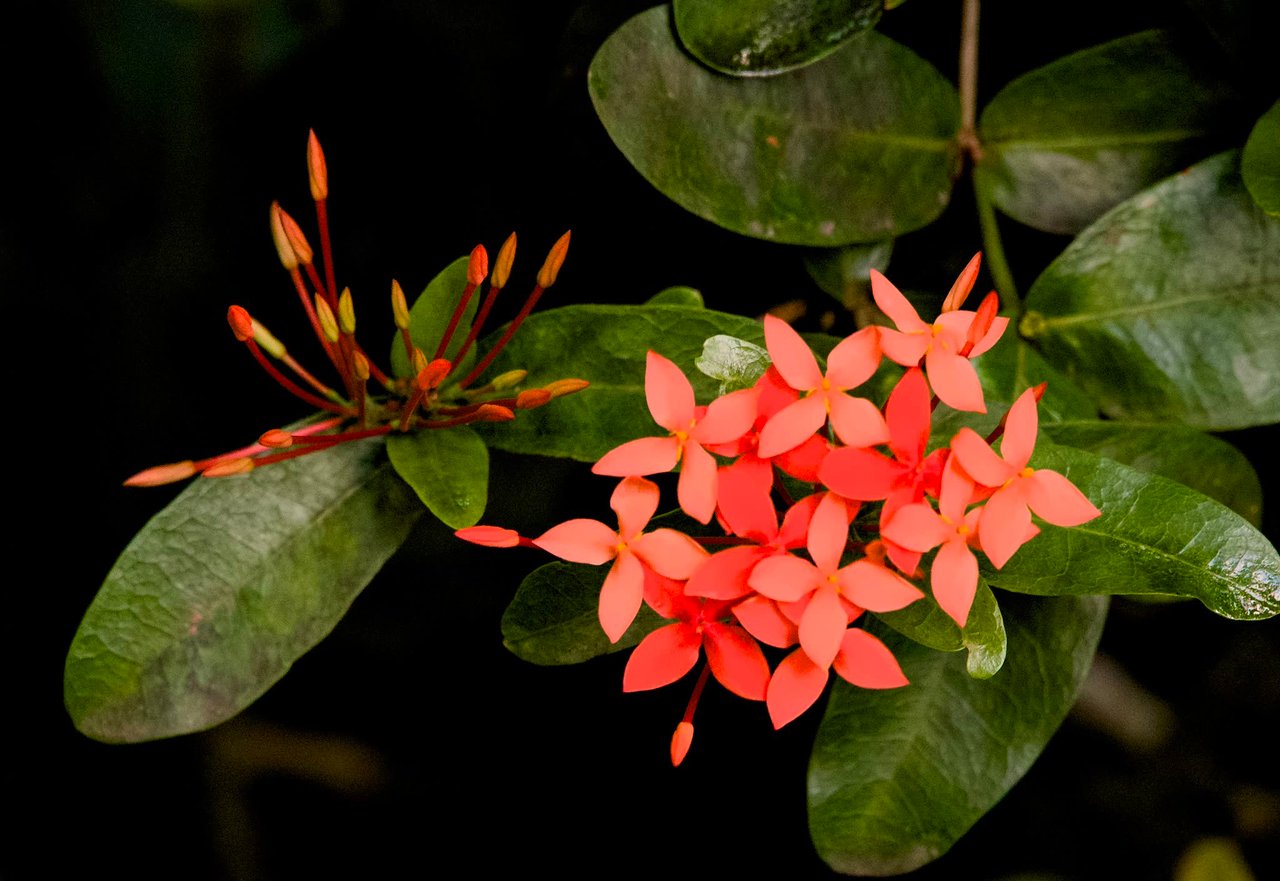It's time to roll up your sleeves and get busy in the garden! Whether you're in the heart of the West or on its outskirts, here are some essential tasks to tackle!
Dig in the Dirt
If you're eager to explore subtropical gardening, now is the perfect time to start! Consider planting strawberry guava trees, bananas, mango, and cherimoya from now through the beginning of summer. These tropical delights will thrive in warm climates and add exotic flair to your garden.
As for tomatoes, it's time to transplant them into the garden. Instead of planting them in deep horizontal holes, try digging a 6-inch trench and burying two-thirds of the transplants on their side. This technique encourages vertical root growth, resulting in stronger and more productive plants.
To enhance the beauty and biodiversity of your garden, consider interplanting heat-tolerant blooms such as cosmos, zinnia, and marigolds. Not only will these flowers add vibrant colors and textures to your garden, but they will also attract beneficial insects and pollinators to help your summer crops thrive. For continuous blooms throughout the season, succession-sow seeds every 3-4 weeks until autumn. Happy gardening!
Harvest the Goodies!
Change up your usual fava recipe and try fermenting freshly picked broad beans to make the traditional Chinese condiment Sichuan Doubanjiang, a spicy-salty paste used to make classic mapo tofu and miso ramen.
Artichokes are ready once the head is still tight, but leaf tips are just beginning to pull away from the head. Keep at least 2-3 inches of the stalk attached, making your cut just above a leaf, for prolonged freshness.
Maintenance is Key
As your fruiting trees begin to blossom, it's important to keep a close eye on them and start thinning for optimal growth. For stone fruit trees like peaches and nectarines, thin the fruits to be spaced 5-7 inches apart on the branch. Smaller varieties can be kept slightly closer together. Thinning helps prevent overcrowding and ensures that each fruit receives enough nutrients and sunlight to develop properly, resulting in larger and healthier harvests.
Before kicking off the growing season, take the time to inspect all raised beds and address any necessary repairs or maintenance. Check for loose boards, damaged structures, or signs of wear and tear, and make any needed repairs promptly to prevent further damage. Consider staining or sealing the wood to protect it from moisture and prolong its lifespan.
Additionally, refresh tired soil in your raised beds by adding a nutrient-rich blend of fresh soil, compost, and natural fertilizers. Start by adding 2-4 inches of fresh soil to replenish lost nutrients and improve soil structure. Mix in 2 inches of compost to increase organic matter and enhance soil fertility. Finally, incorporate growth-enhancing natural fertilizers such as worm castings, alfalfa, and kelp meal to provide essential nutrients for plant growth and development. With these preparations, your raised beds will be ready to support healthy and productive crops throughout the growing season.
Protect Your Prized Plants
To combat powdery mildew, a common fungal disease affecting plants, take proactive measures to control its spread. Begin by spraying the foliage early in the morning to remove fungal spores using a homemade solution. Mix 1 tablespoon of baking soda, ½ teaspoon of Castile soap, and 1 gallon of water to create an effective fungicidal spray. Thoroughly coat the affected foliage with the solution to inhibit the growth of powdery mildew. Additionally, remove heavily infected leaves from the plant to prevent further spread of the disease. When pruning or removing infected plant parts, ensure to disinfect all shears between cuts to prevent contamination and spread onto other areas of the plant.
Encourage a healthy and resilient garden ecosystem by incorporating companion planting techniques. Companion-planting involves growing mutually beneficial plants together to enhance growth, deter pests, and attract beneficial insects. Consider planting alliums, marigolds, chervil, and fennel alongside your greens and brassicas, such as lettuce and cabbage. These companion plants act as natural pest repellents and attract beneficial insects like parasitic and predatory wasps, lacewings, and ladybugs. These beneficial insects feed on harmful pests and their larvae, helping to naturally control pest populations in your garden without the need for chemical pesticides. By implementing companion planting strategies, you can create a more balanced and sustainable garden environment while promoting plant health and vitality.
By following these garden tasks, you'll be well on your way to a bountiful and beautiful garden, no matter where you are in the West. Happy gardening!
___________________________________
We are here to help! If you want to find out how much your home is worth in this strong market, email me at [email protected]. We would be happy to help you determine if the time is right for you to sell your home or buy a new home.
































































































